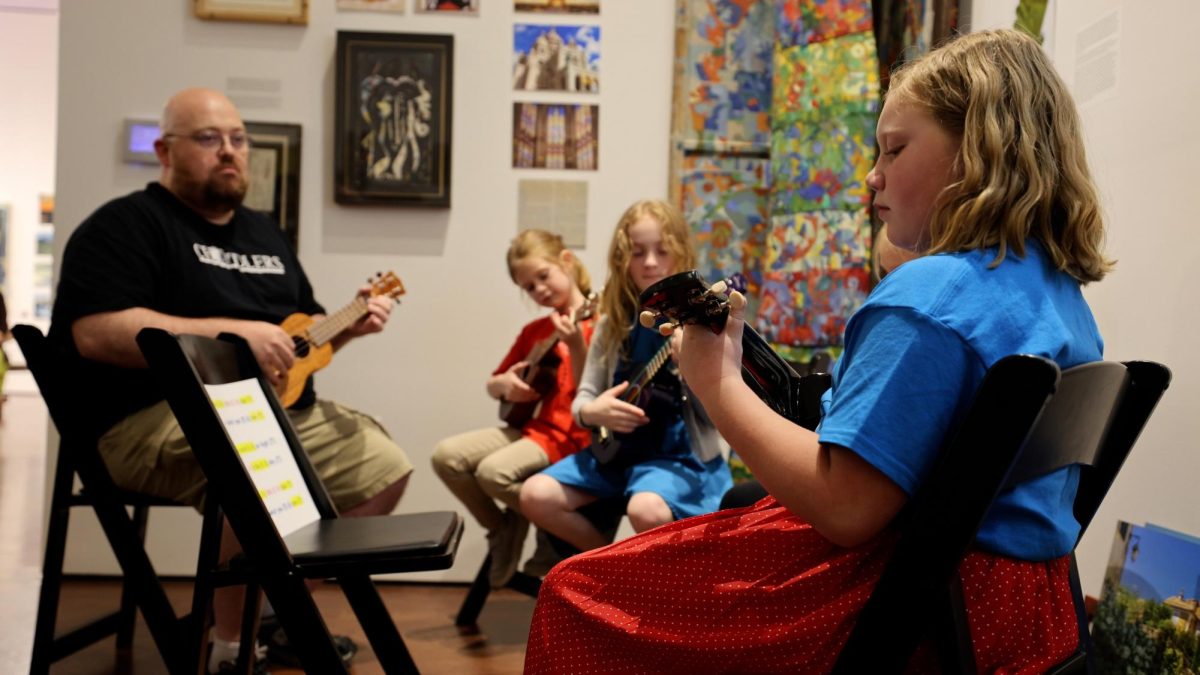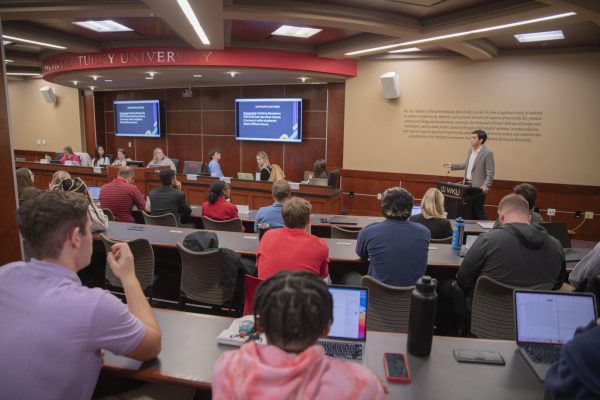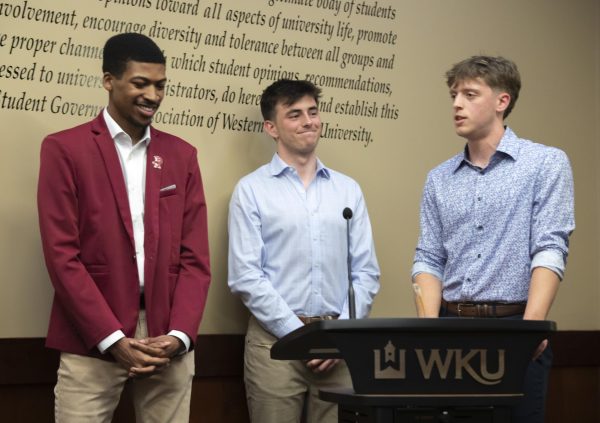Tuition increase common
October 28, 2003
Western students aren’t alone in dealing with double-digit percentage tuition increases.
The annual “Trends in College Pricing” study reported that tuition and fees for colleges and universities nationwide are up more than 40 percent from a decade ago.
The study was done by the College Board in New York.
The national average tuition for the 2003-2004 school year was $4,694, up 14.1 percent from last year’s average.
Jennifer Topiel, a College Board spokeswoman, said the 14.1 percent increase is the highest the board has seen.
She said tuition increases from year to year have been anywhere from 3.4 percent to this year’s high.
Western has had several double-digit increases, which included most recently a 10.7 percent increase for the 2003-2004 school year.
If a proposal made by President Gary Ransdell is approved at Friday’s Board of Regents meeting, Western students will have another 11 percent tuition increase in January.
The College Board study cites several reasons for increasing tuition prices over the past decade, one being a decrease in state appropriations for state colleges and universities.
Institutions may also increase tuition to produce revenue used to renovate the university to attract high-quality students, Topiel said.
Provost Barbara Burch said while Western has gotten more money from tuition increases, all of it is used to make up for decreasing state funding from the General Assembly.
“We have never looked at a dollar of tuition increase without weighing the consequences,” Burch said. “All that additional tuition picks up the slack the state doesn’t give anymore.”
Tuition increases at Western have gone toward faculty and staff salary increases and health insurance. The proposed tuition increase for the upcoming semester will produce $5.8 million toward hiring new faculty, improving classroom space and developing student support programs.
Greater tuition prices are also concurring with more students using financial aid.
The College Board’s “Trends in Student Aid” study reported that students nationwide get $105 billion in financial aid, a 12 percent increase from last year.
Financial Aid Director Marilyn Clark said more than 70 percent of Western students have some sort of financial aid, including grants, loans and scholarships.
In the 2002-2003 school year, Western students got about $67 million in financial aid, up from $64 million in the 2001-2002 school year, Clark said.
More students are borrowing more to pay for their education, she said.
“In some cases, it’s the only option that some students have,” Clark said.
The trend at Western coincides with national trends. According to the “Trends in Student Aid” study, college loan volume has grown 173 percent in the last decade.
The topic of tuition increases and financial aid has been of concern to the Council on Post-Secondary Education.
The CPE will examine the topic of college affordability, said Sandra Woodley, vice president of finance for the CPE. That includes discussing tuition increases and financial aid in a policy group that will begin meeting in November.
But Burch said students shouldn’t let tuition increases stop them from coming to Western or continuing their education.
“I think in most cases if that student comes to us, we can help them continue in college,” she said. “It’s connecting students to something that works.”
Reach Mai Hoang at [email protected].












![Students cheer for Senator at Large Jaden Marshall after being announced as the Intercultural Student Engagement Center Senator for the 24th Senate on Wednesday, April 17 in the Senate Chamber in DSU. Ive done everything in my power, Ive said it 100 times, to be for the students, Marshall said. So, not only to win, but to hear that reaction for me by the other students is just something that shows people actually care about me [and] really support me.](https://wkuherald.com/wp-content/uploads/2024/04/jadenmarshall-1200x844.jpg)


![Students cheer for Senator at Large Jaden Marshall after being announced as the Intercultural Student Engagement Center Senator for the 24th Senate on Wednesday, April 17 in the Senate Chamber in DSU. Ive done everything in my power, Ive said it 100 times, to be for the students, Marshall said. So, not only to win, but to hear that reaction for me by the other students is just something that shows people actually care about me [and] really support me.](https://wkuherald.com/wp-content/uploads/2024/04/jadenmarshall-600x422.jpg)








